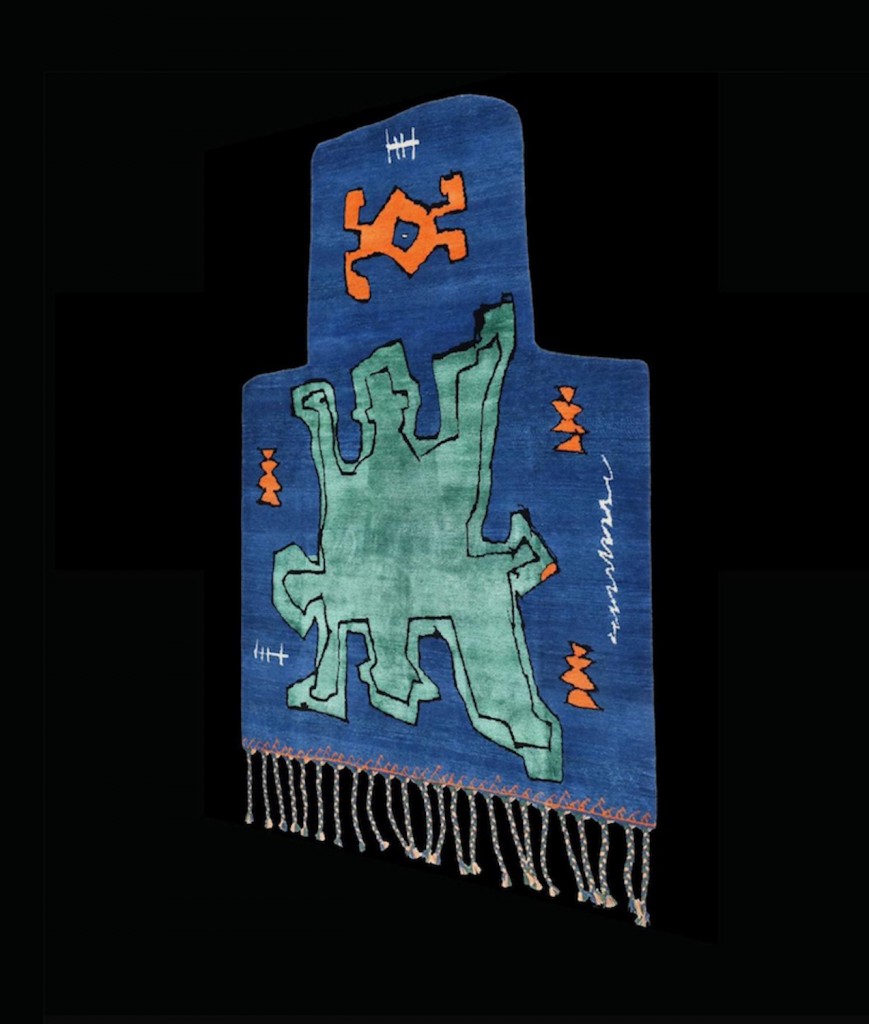
Persian multidisciplinary artist Firouz FarmanFarmaian is set to make a significant return to the international art scene this fall through “Nomads of Persia,” a series of immersive textile installations and exhibitions. This ambitious project will span three continents, with shows in London, Cairo, and New York, highlighting the artist’s unique artistic vision and cultural exploration.
Produced for the first time in his native Iran, this exhibition showcases Firouz FarmanFarmaian’s ongoing examination of nomadic displacement and memory, bridging cultural divides between East and West, and blending traditional and contemporary practices to highlight his deep engagement with themes of heritage and identity.
While his textile works have garnered significant attention, FarmanFarmaian’s contributions to the realm of abstraction are equally compelling. His “Organic Abstract Segment” series (2013–ongoing) represents a substantial body of work that explores linearity and texture, intricately connected to the natural world and post-impressionist tonalities. These abstract pieces have found their way into prestigious private collections and gallery exhibitions worldwide.
“Organic Abstraction connects to linearities I source in the natural world transformed through contemporary practice onto monumental painting,” explains FarmanFarmaian.
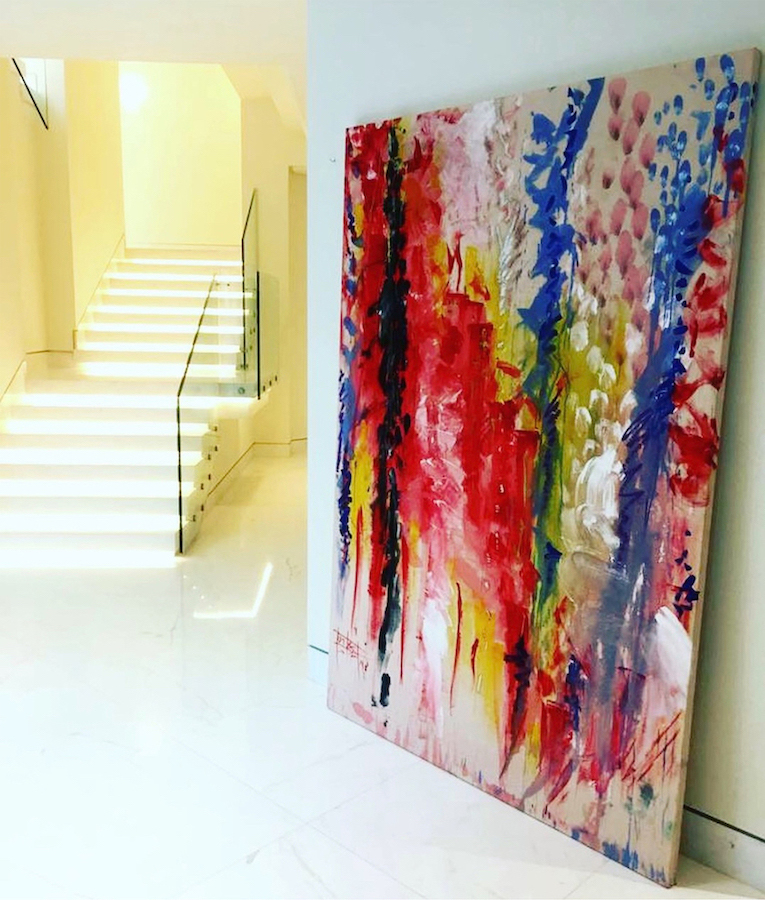
His multidisciplinary approach is shaped by a rich array of experiences, including his involvement in the Parisian graffiti scene, architectural and design studies, and connections with the independent film and music industries. This diverse background has allowed FarmanFarmaian to evolve his artistic practice, incorporating sound, video, and textiles into large-scale installations. Notable examples of his work include contributions to the Royal Theatre of Marrakech’s 1-54 Public Program in 2020 and the Kyrgyz Pavilion at the 59th Venice Biennale in 2022, showcasing his ability to blend various mediums and cultural narratives.
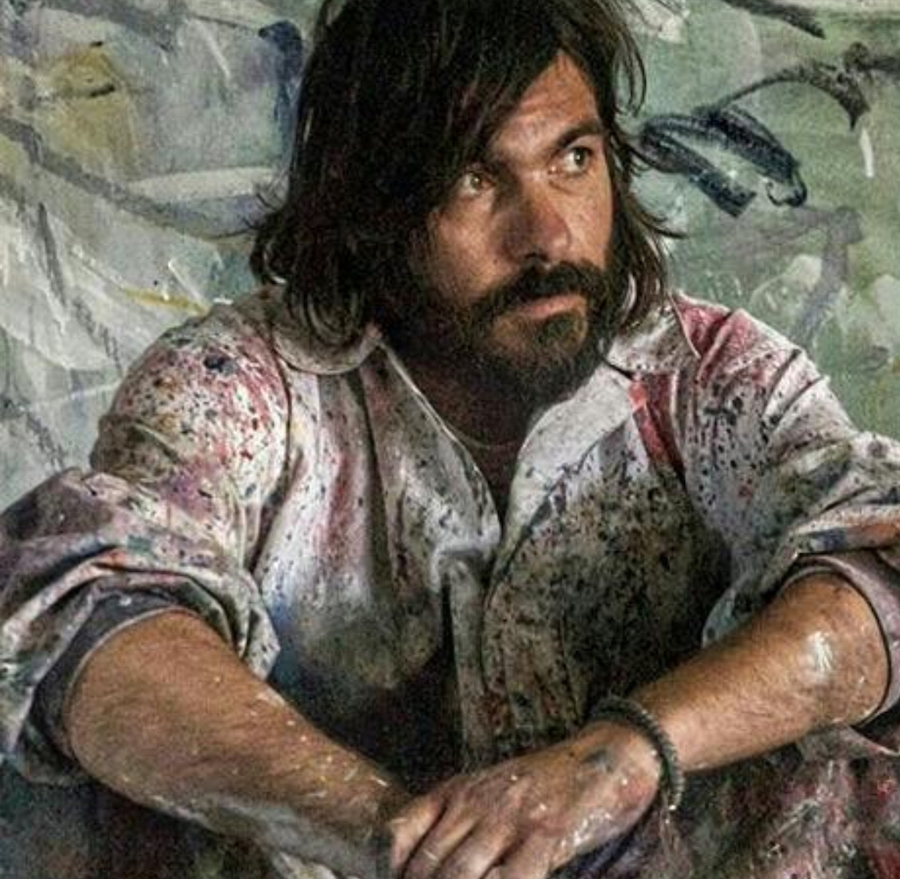
The Kyrgyz Pavilion exhibition, “Gates of Turan,” represented a defining moment in FarmanFarmaian’s career, presenting a bold and innovative amalgamation of textile, pictorial, architectural, and multi-sensory experiences that immersed the audience in the complexities of Kyrgyz identity and heritage.
The artist’s distinctive approach, called the “postribal process,” seeks to transcend conventional notions of cultural identity by emphasizing the interconnectedness of diverse cultural narratives and experiences. It advocates for a more holistic understanding of belonging that goes beyond traditional boundaries. The “postribal process” involves a meticulous blend of onsite sourcing, collaboration with local NGOs, and ethnographic research, allowing the artist to draw inspiration directly from the cultural, social, and environmental context of the region.
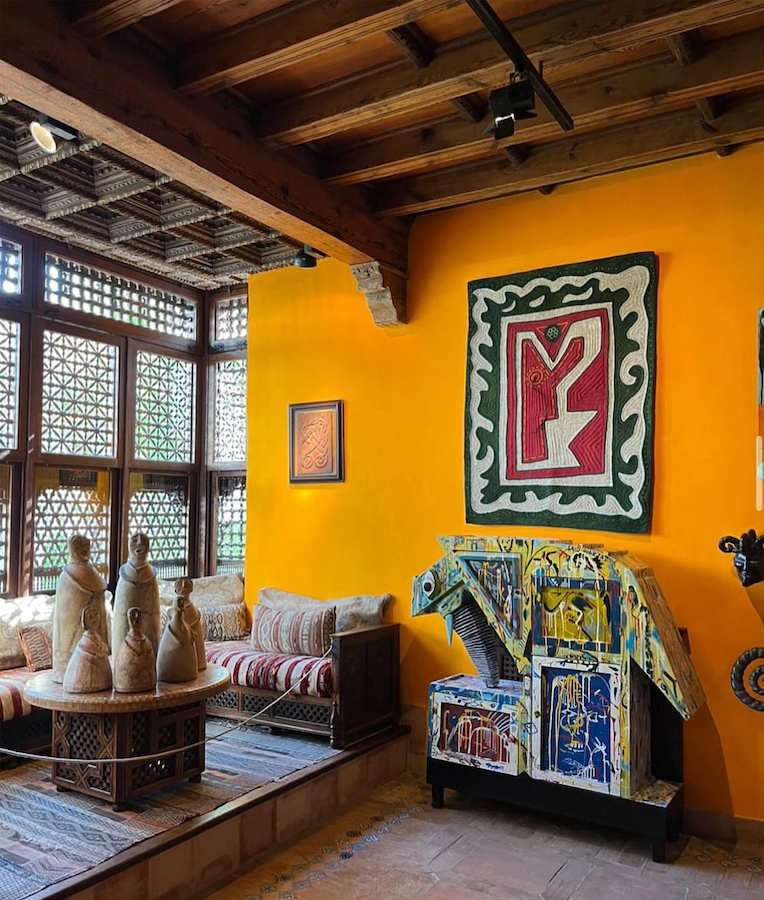
This method ensures that FarmanFarmaian’s work remains deeply rooted in local realities while exploring universal themes. It also emphasizes the fluidity of identity, showcasing how cultural elements can be reinterpreted and transformed in contemporary contexts. By integrating traditional motifs and materials with modern artistic techniques, FarmanFarmaian creates a dynamic dialogue that resonates with both local and global audiences.
The immersive installations produced through the “postribal process” invite viewers to engage with the narratives of displacement and belonging, fostering a deeper understanding of the complexities of modern identity.
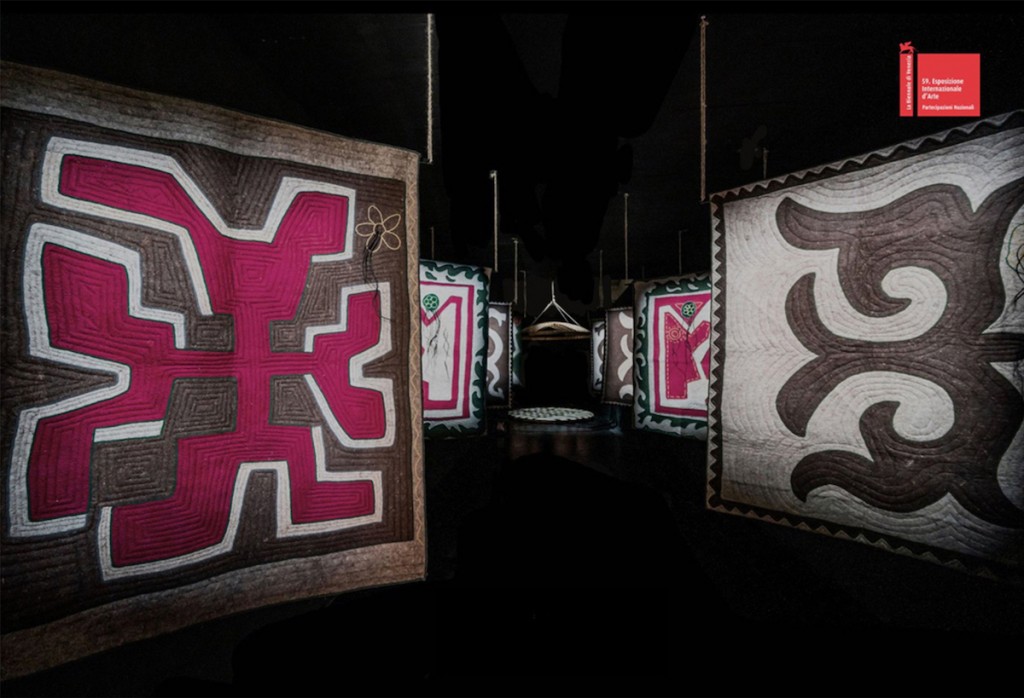
“Nomads of Persia”, hosted by Juncture Gallery in Mayfair, will debut during Frieze Week in London on October 9, featuring a curated selection of Firouz FarmanFarman’s textile works, offering audiences another opportunity to experience his deep engagement with cultural identity, memory, and heritage, bridging the traditional and contemporary in his signature multidisciplinarian style.
Website: www.firouzfarmanfarmaian.com
Instagram: @firouzfarmanfarmaian
Click here to find out more about “Nomads of Persia” exhibition at Juncture Gallery





